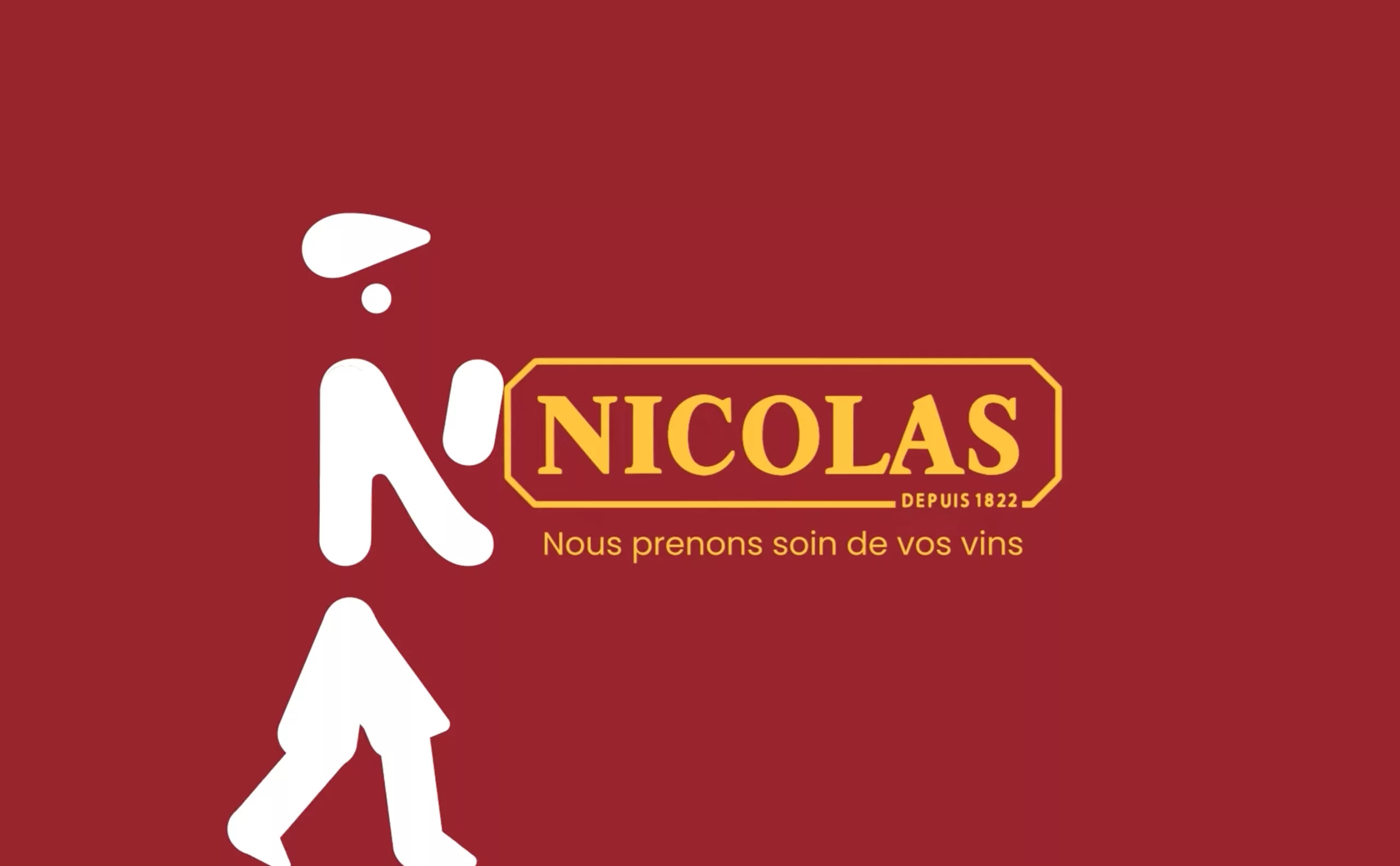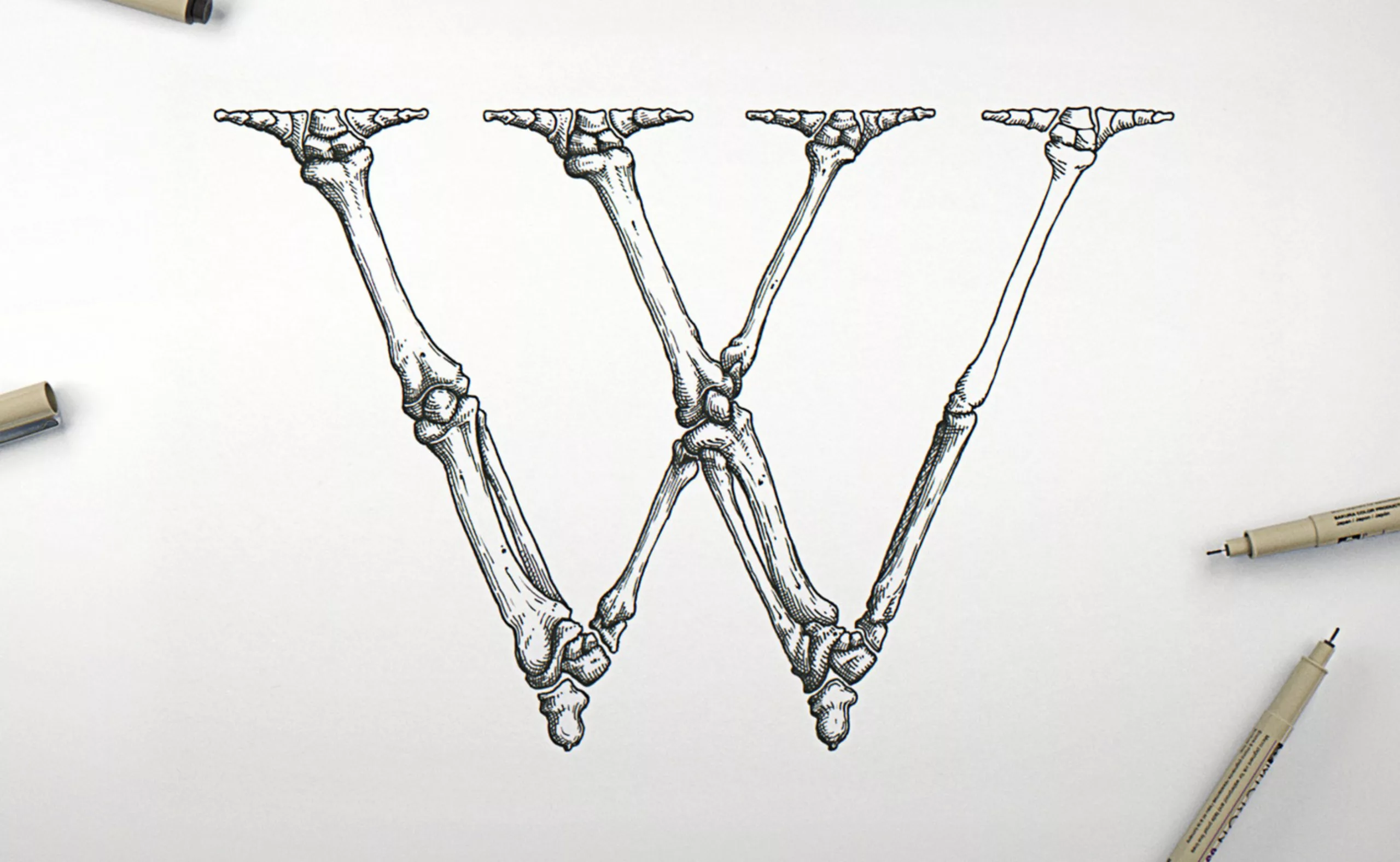Oi! In love with a Brazilian ear
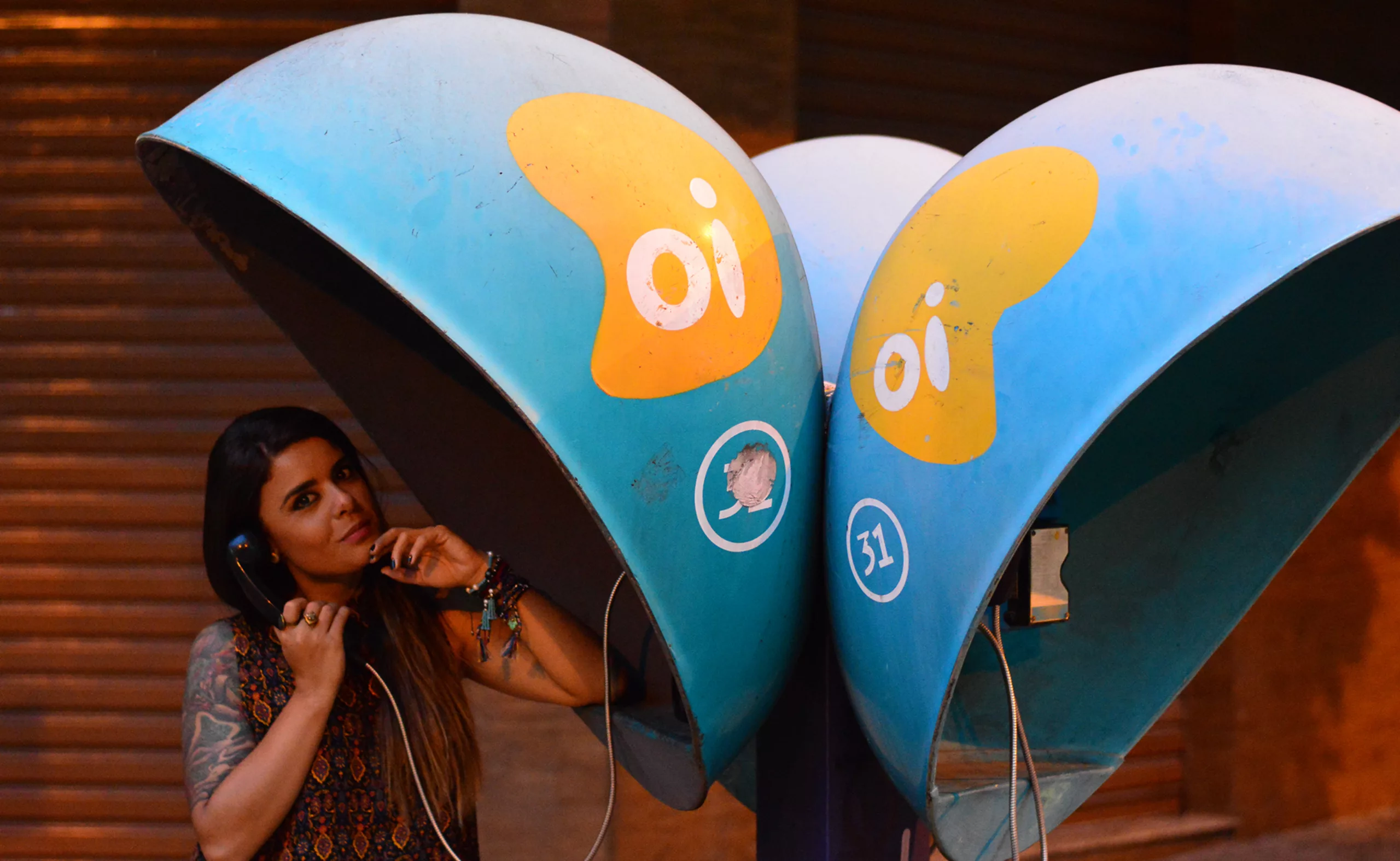
Let’s fly to Brazil to meet a local star. It’s neither the Cristo Redentor, nor Gilberto Gil, Pelé or even Giselle Bündchen. We will talk about curves though, but introduce you to the famous orelhões, the Brazilian phone booth of Oi -the local phone company.

Behind this strange name -“orelhão”- lies one of the most emblematic figures of the Brazilian streets. Despite its visible modesty, it is actually so popular in local design that it could outshine the architectural genius Oscar Niemeyer! Wether used or not, it is definitely part of the local scenery and gives a typical flavor to the urban “made in Brazil” design.
As London could never let go of its famous red phone booths, Rio, Sao Paulo and Belo Horizonte would quite not be the same without their “big ears” (in Portuguese”orelha” means ear). Yet, eyes focused on our cellphones, these machines look like they’re out of another era…
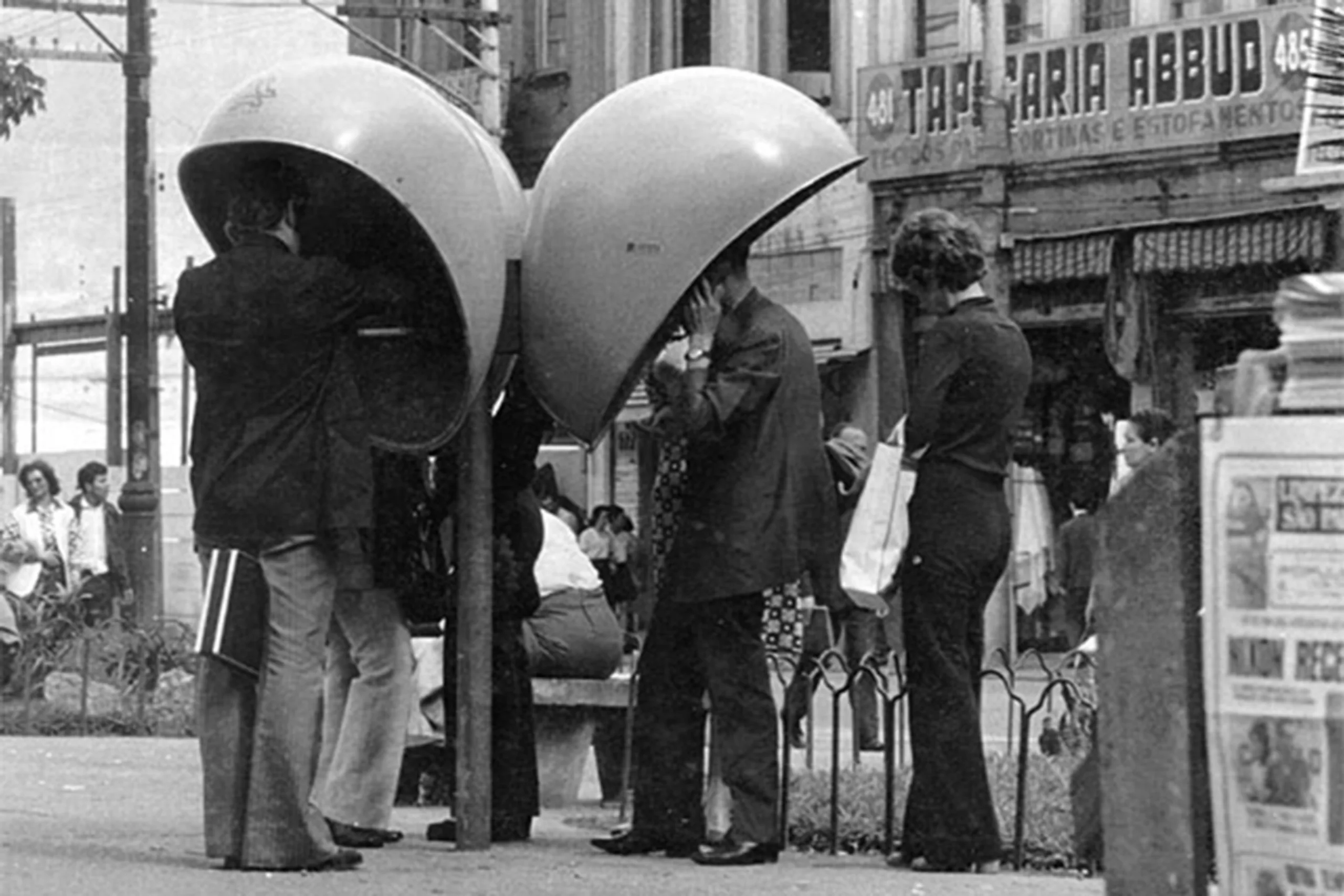
The egg of a cultural melting-pot
We owe this witty design to Chu Ming Silveira, who gave birth to the orelha in 1970. (A Chinese designer naturalized as a Brazilian citizen: reflect of a country with a cultural melting-pot?). She was born in Shanghai on April 4th, 1941. After the Communist victory in 1949 her family ran away from persecutions towards opponents and decided to reach America. At sea from Hong Kong to Rio, Chu Ming’s family sailed for 3 months and landed in 1951, right during carnival celebrations.
In 1964, she graduated from the Mackenzie Architecture University.
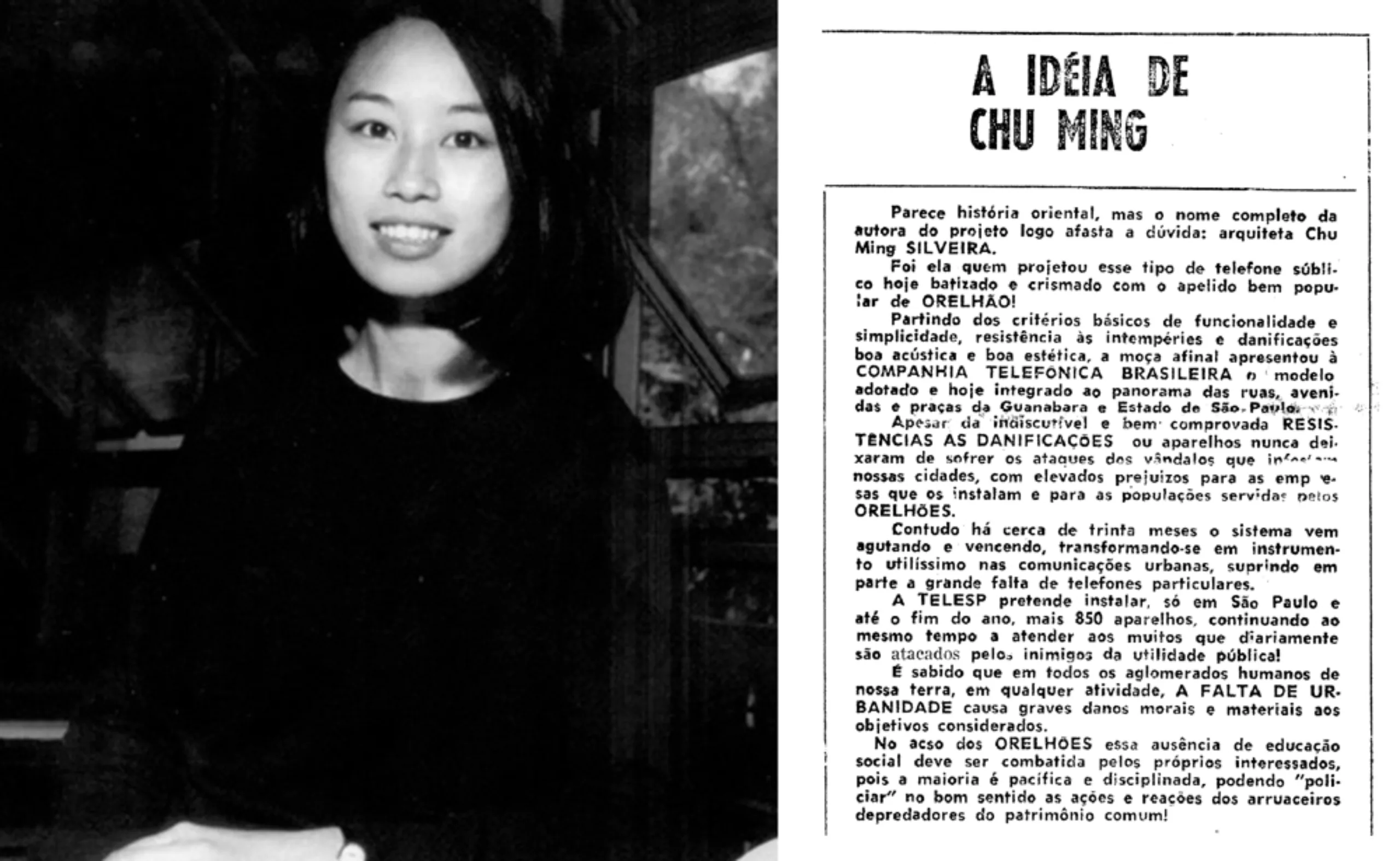
In 1971, head of the project section of the Brazilian phone company, Chu Ming tackles the challenge of creating both a functional and beautiful phone booth. These ears will be shaped as eggs as “this design enables the best acoustics” according to their designer.
On about 100 million people living in Brazil, 52 million were living in urban zones at this time. In many places, hearing and being heard in a public phone booth was a real challenge. The first tests of spacious and soundproof booths were not conclusive as they encroached upon the sidewalks limited space, and were regularly vandalized.
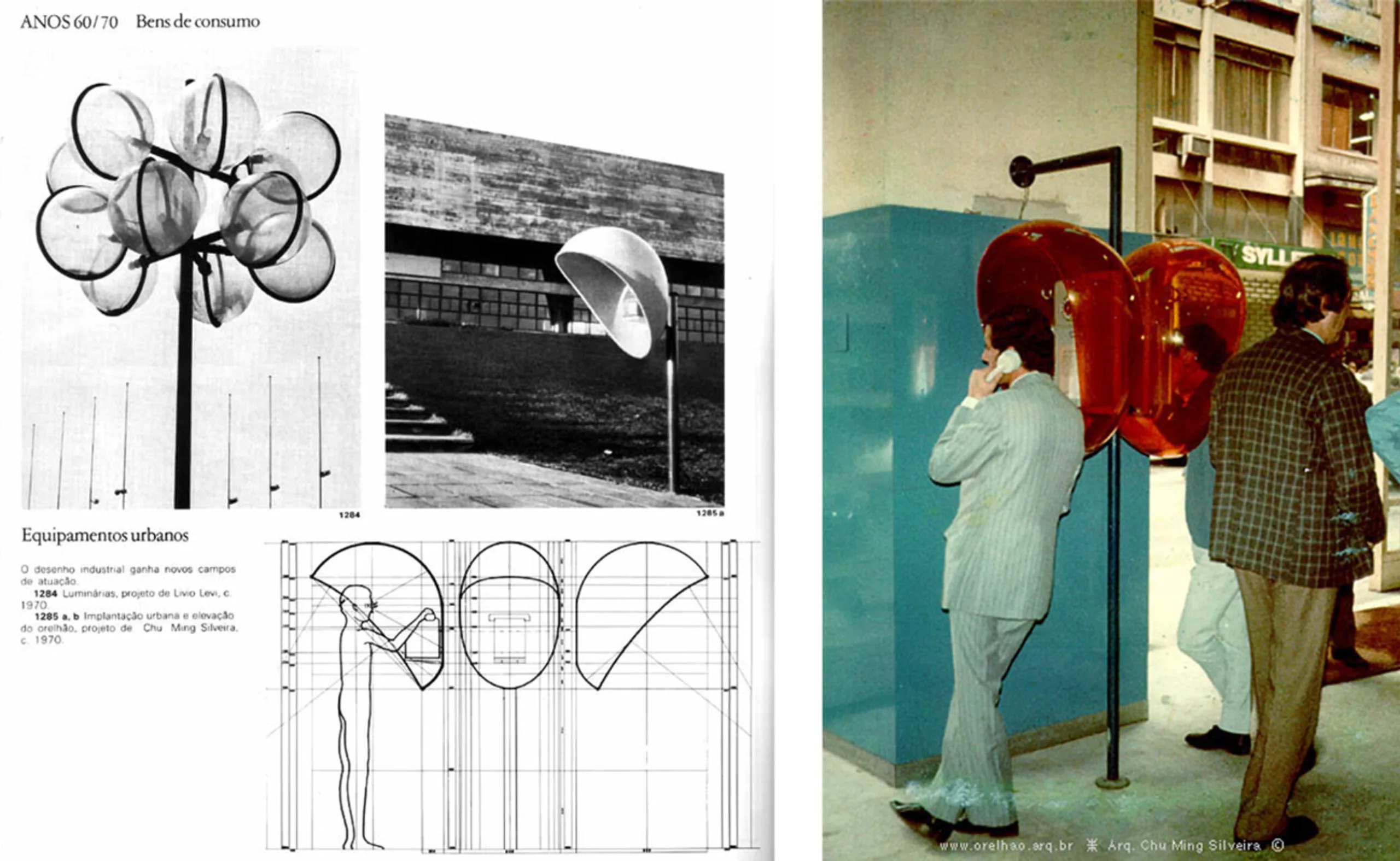
Nowadays Oi is the biggest telecommunication provider in South America with 14 million of fixed lines and 17 million of mobile clients. True icons in Brazilian design and renowned as street furniture worldwide, the orelhões booths were respectively named Chu, Chu I and Chu II by Oi company at their launch, to honor their creator.
- Chu I in acrylic orange was meant to be installed in confined spaces such as shops or public workspaces.
- Chu II was conceived for an outdoor usage with its orange and blue fiberglass resisting bad weather, and extreme Brazilian temperatures.
On January 20 and 25th 1971, Rio de Janeiro and São Paulo respectively install their first booths. Fast enough, people fall for this clever design which perfectly adapts in the urban space, and invent affectionate nicknames such as “tulip”, “spacewalker helmet” and finally “orelhão” – ear. Chu Ming thus succeeded in creating small organic and welcoming shapes to offer comforting moments for Brazilian to escape this concrete jungle of São Paulo.
Today, orelhões have sprang across other Latin American countries like Peru, Colombia, Paraguay, but also in African countries like Angola and Mozambique or in China and other places around the world.

Throughout her carrier, Chu Ming dedicated her time to architecture, design, and image communication. With simplicity and while respecting Nature, she used materials and techniques in harmony with traditional cultures. Naturalized a Brazilian citizen, she lived in São Paulo where she died on the 18th of June 1997.
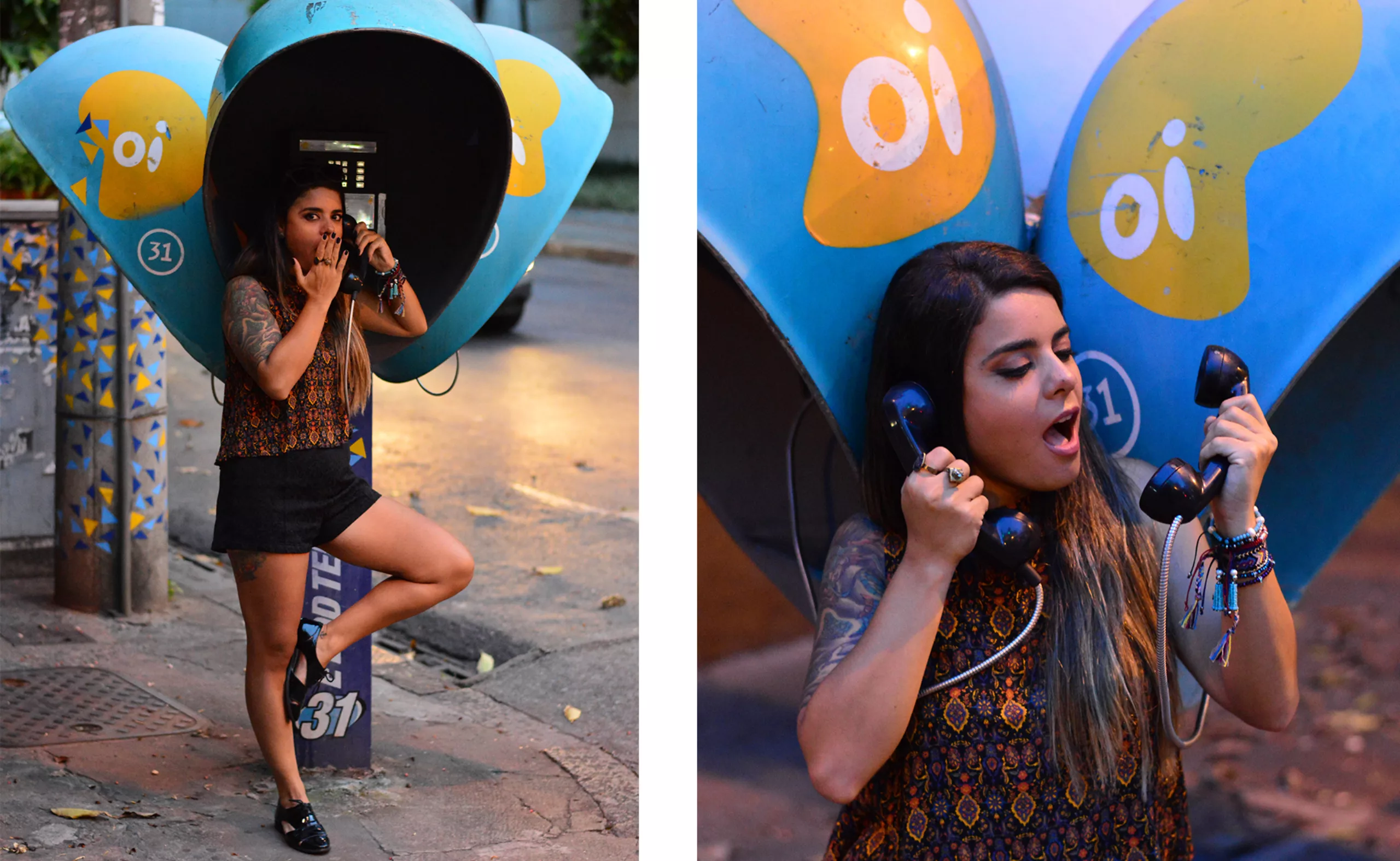
A UFO straight from the fifties… or the seventies?
The orelhão takes its spacial shape from casted fiberglass. This was the material of choice of the Eames couple for their Lounge Chair series. In 1949 the cast shell met their goal : to mass produce a compact, solid and affordable chair for the average American. The unique and modern line of the Eames Plastic Chair was born!
The Eames couple experience in search of a playful, solid and cheap form to produce was undoubtedly an inspiration for Chu Ming Silveira when she created the orelhão design in the 70’s. We could also mention the Egg Chair by Arne Jacobsen in 1958, and the influence of the disco years with the lava lamp etc.
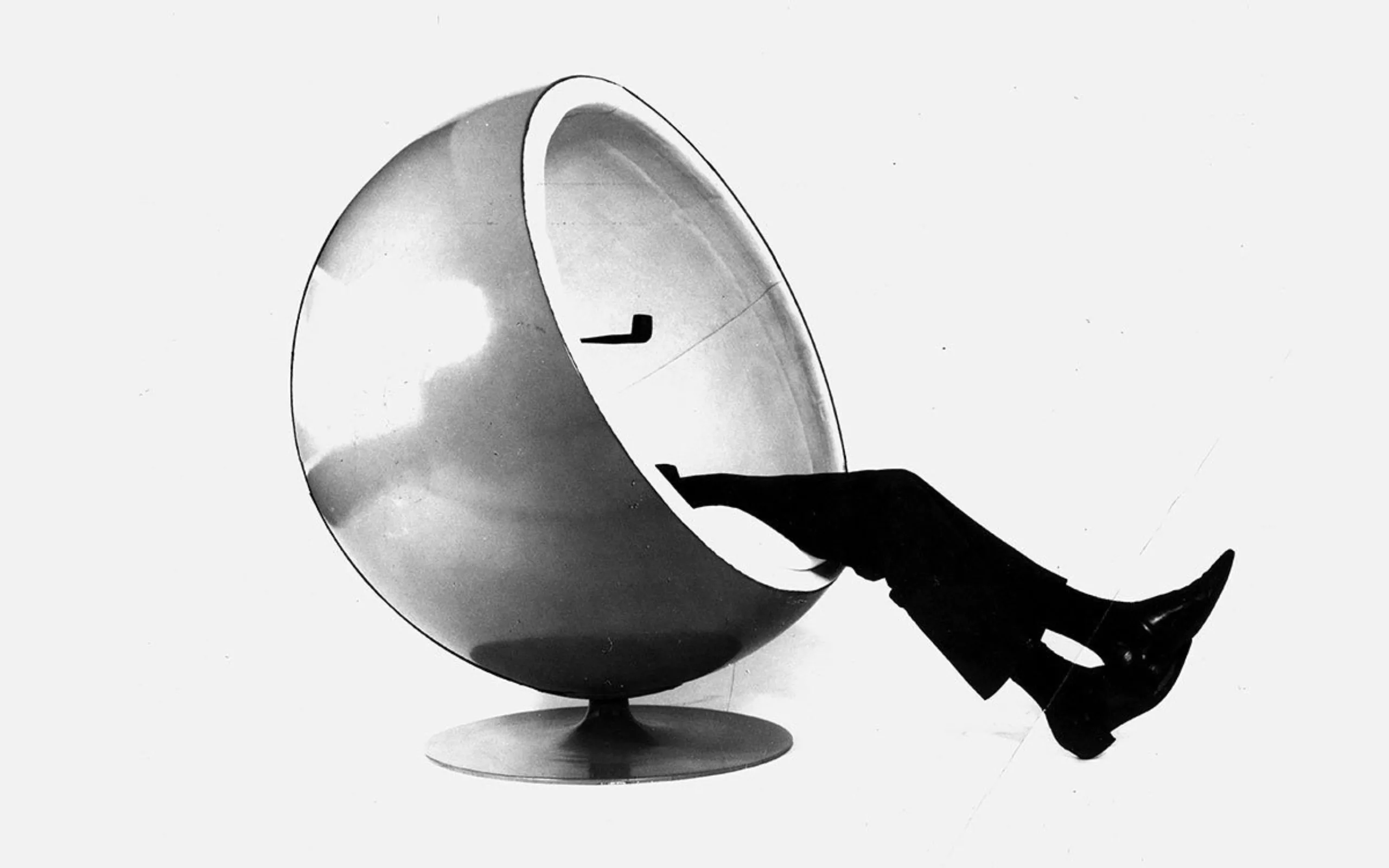
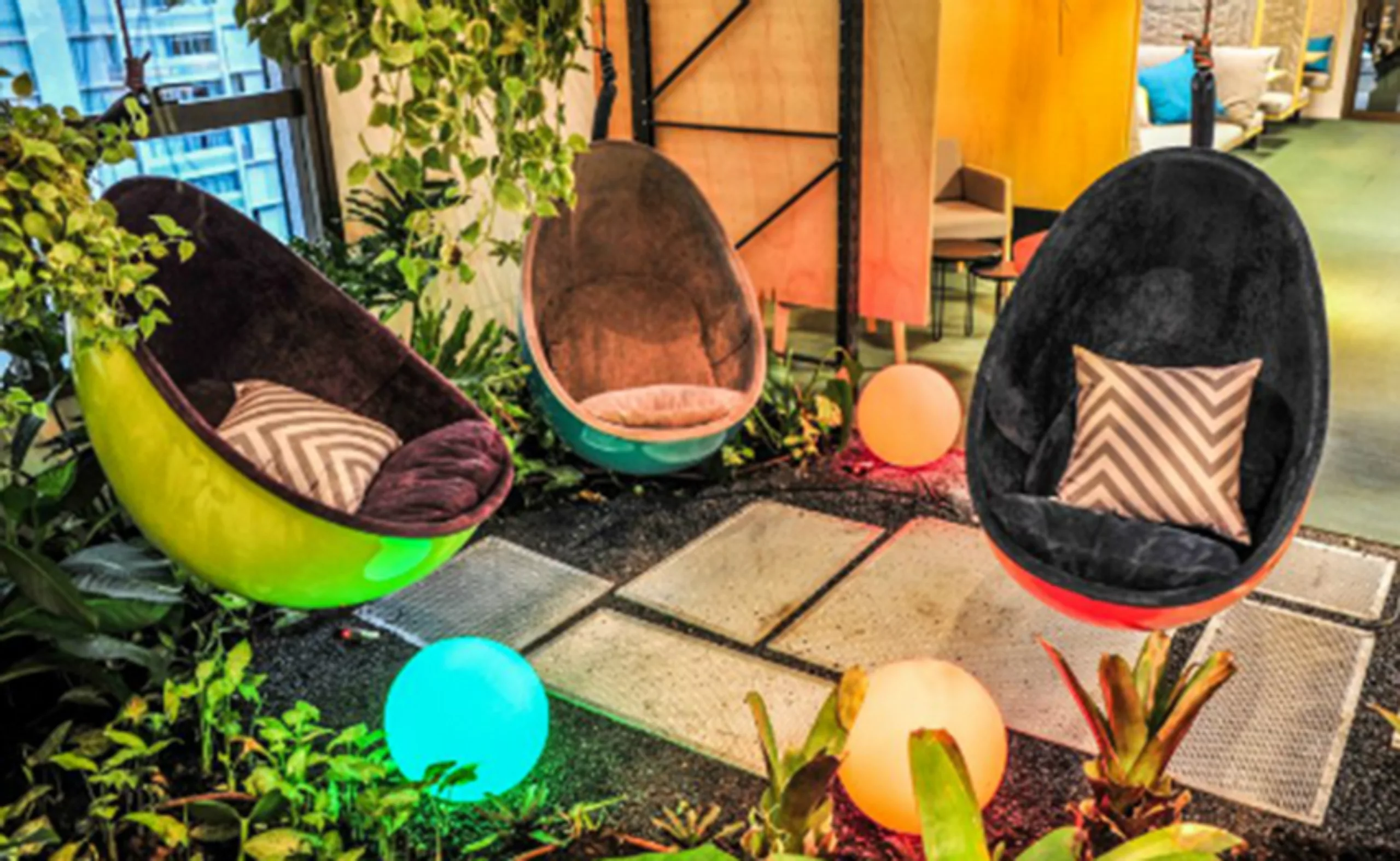
Urban furniture and logotype: the perfect match
The orelha’s design will truly become iconic when its ear shape will be completed with the creation of the new visual identity of Oi company (previously known as Telemar) along with a yellow logo created by the Wolff Olins agency in 2001. The shell will then turn green and yellow, as the Brazilian flag.
For a few years, the city has also been calling local artists to pimp booths during the “Call Parade“, giving birth to a festival of more or less stylish results.
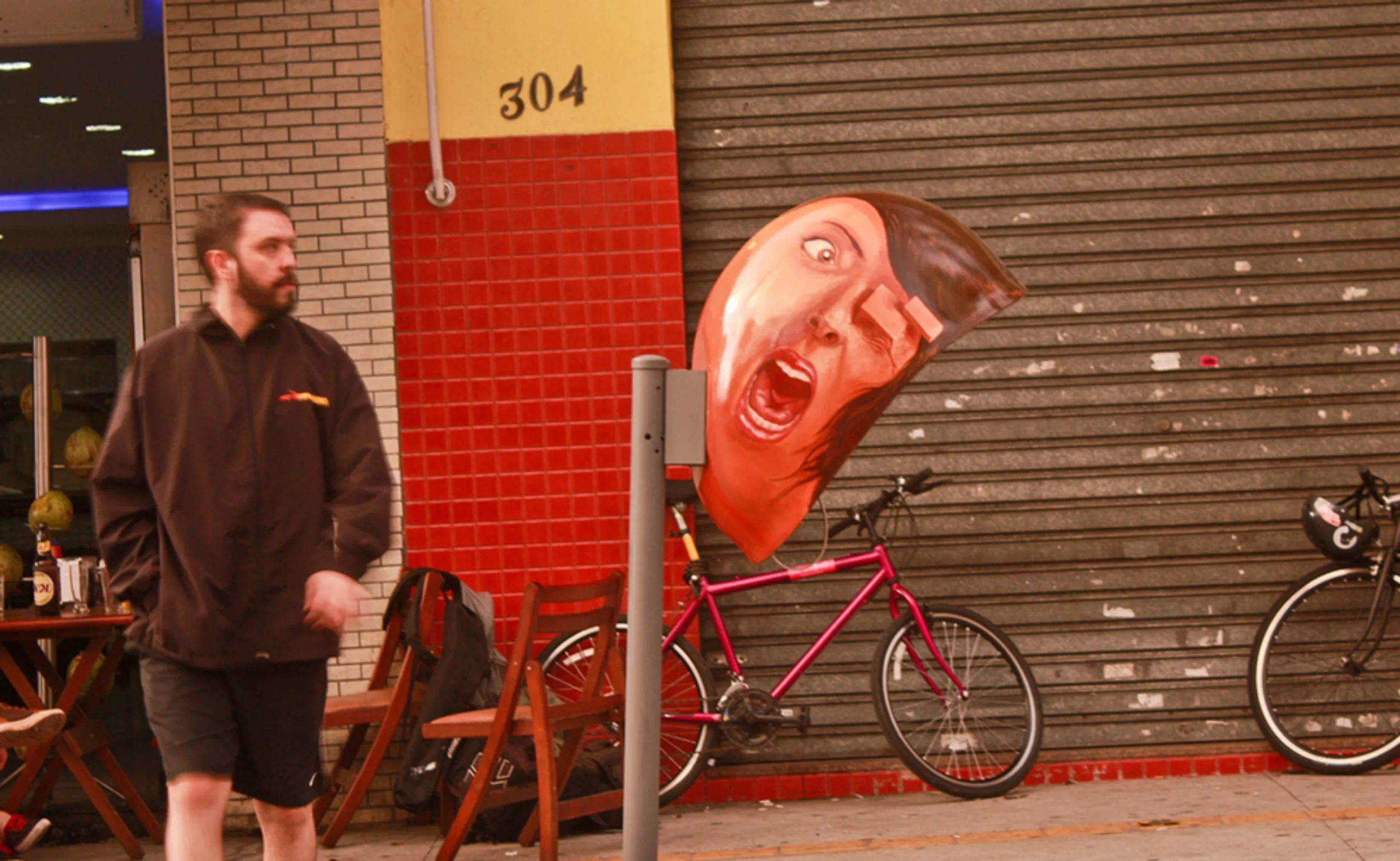




Wolff Olins started by defining a new name for the new brand – “Oi” which simply means « hi » in Portuguese – and then developed the visual identity, brand language, style of communication, packaging and many other applications. The logo’s liquid form, in perpetual movement, succeeds in capturing the dynamism of the Brazilian people. It is literally a logo that wiggles to samba rhythm!
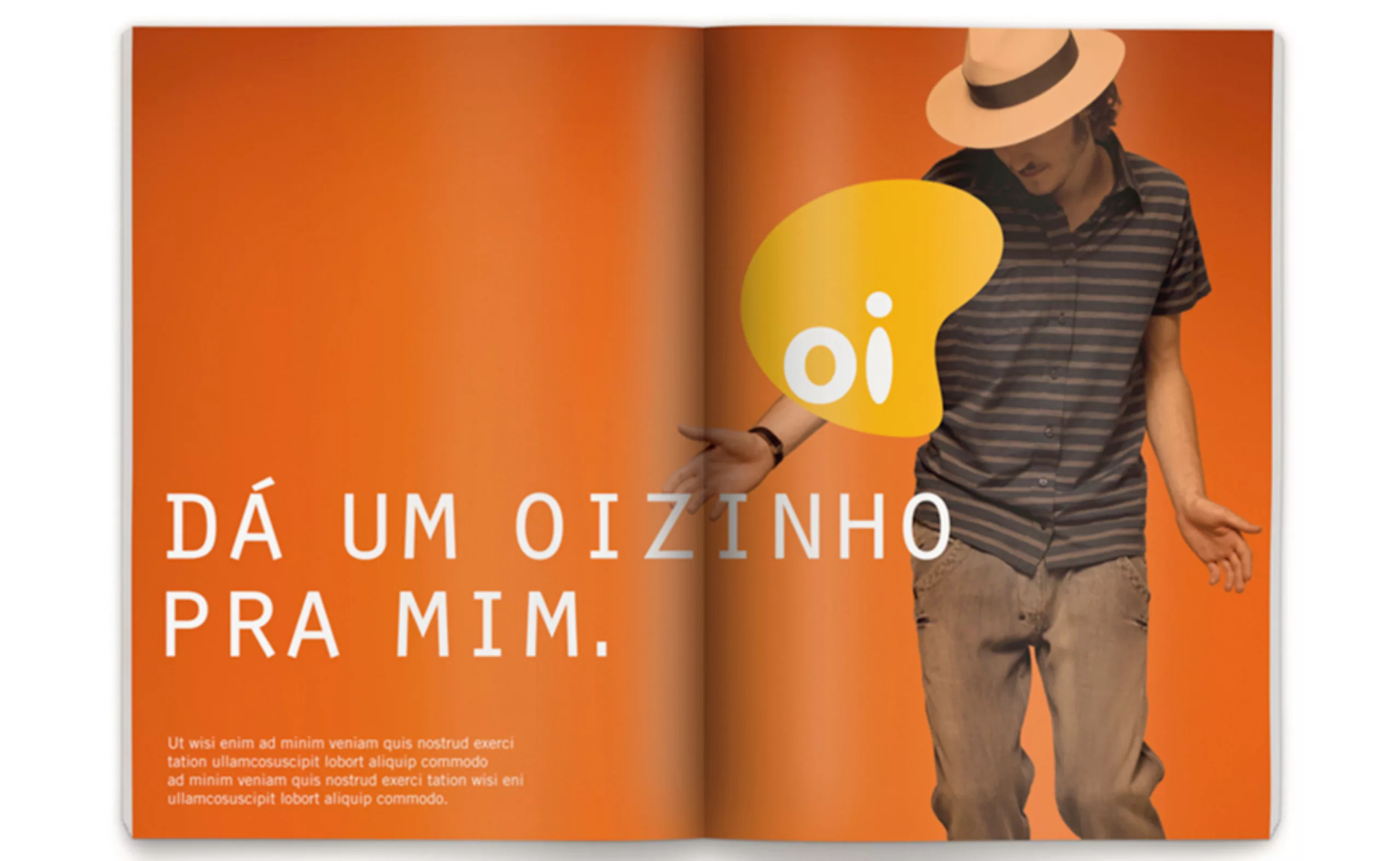
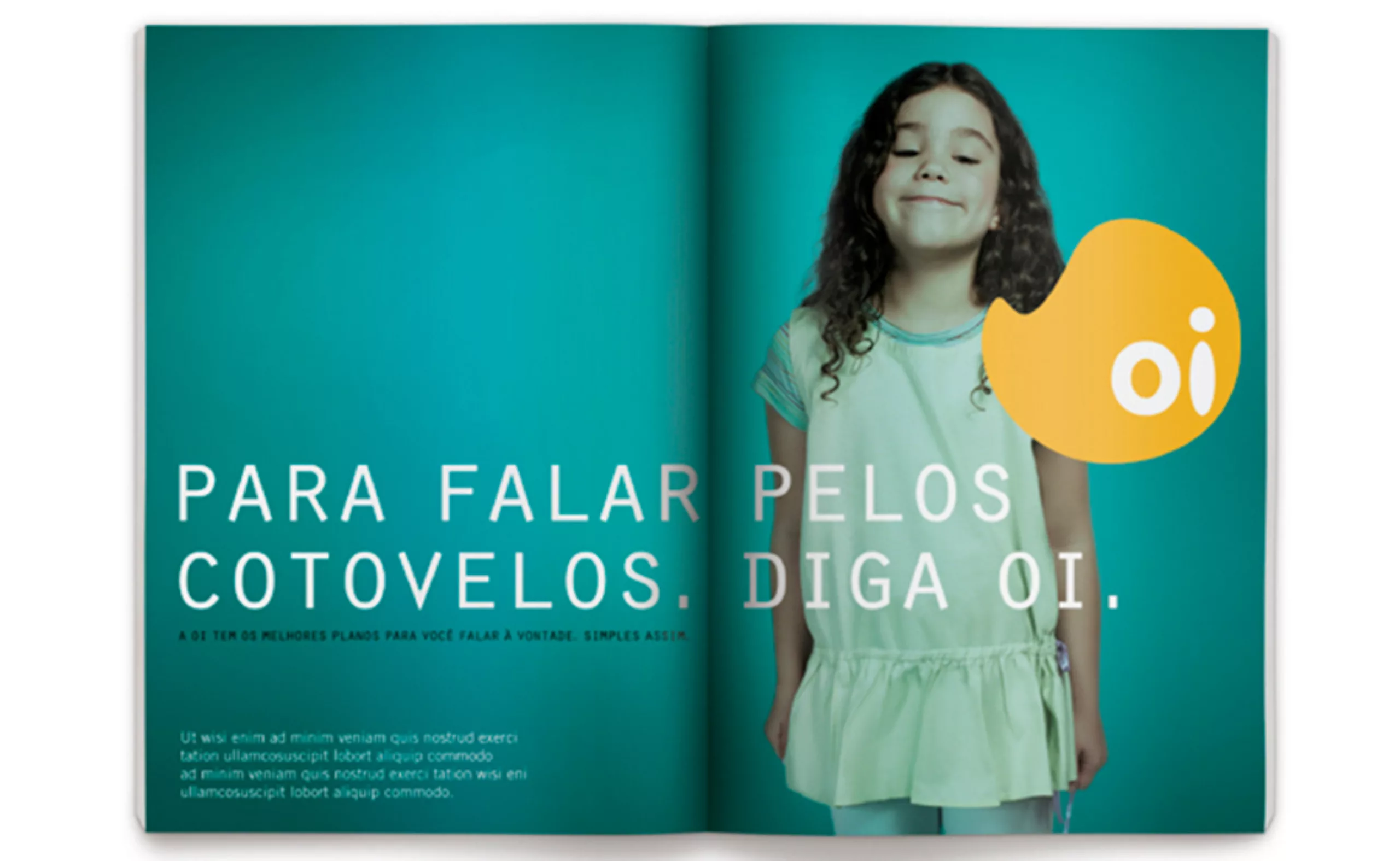
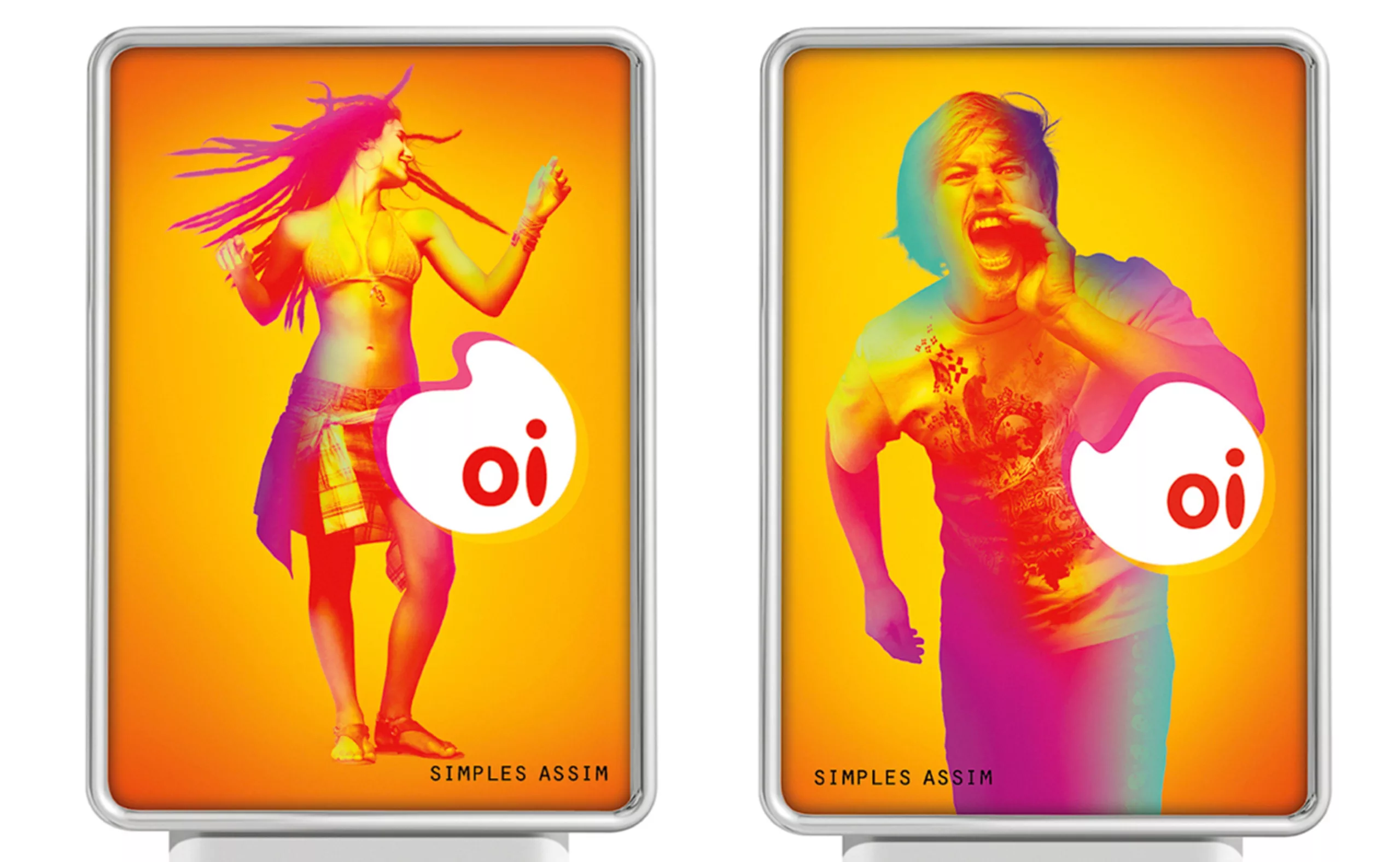
More than 2.2 million people registered in the first year – nearly 20% of the Brazilian market and 4 times more than the target expected. Oi managed to take its customers away from other networks; 75% of Oi’s customers left their other suppliers. The launch was so successful that in 2007 Oi became the brand of all fixed-line, broadband and mobile services of Telemar.
In 2016, FutureBrand agency developed Oi’s graphic guidelines: keeping the polymorphic logo concept and exploding even more into colors and shapes, it also introduced color gradients. This had no impact on the design of the orelhões.

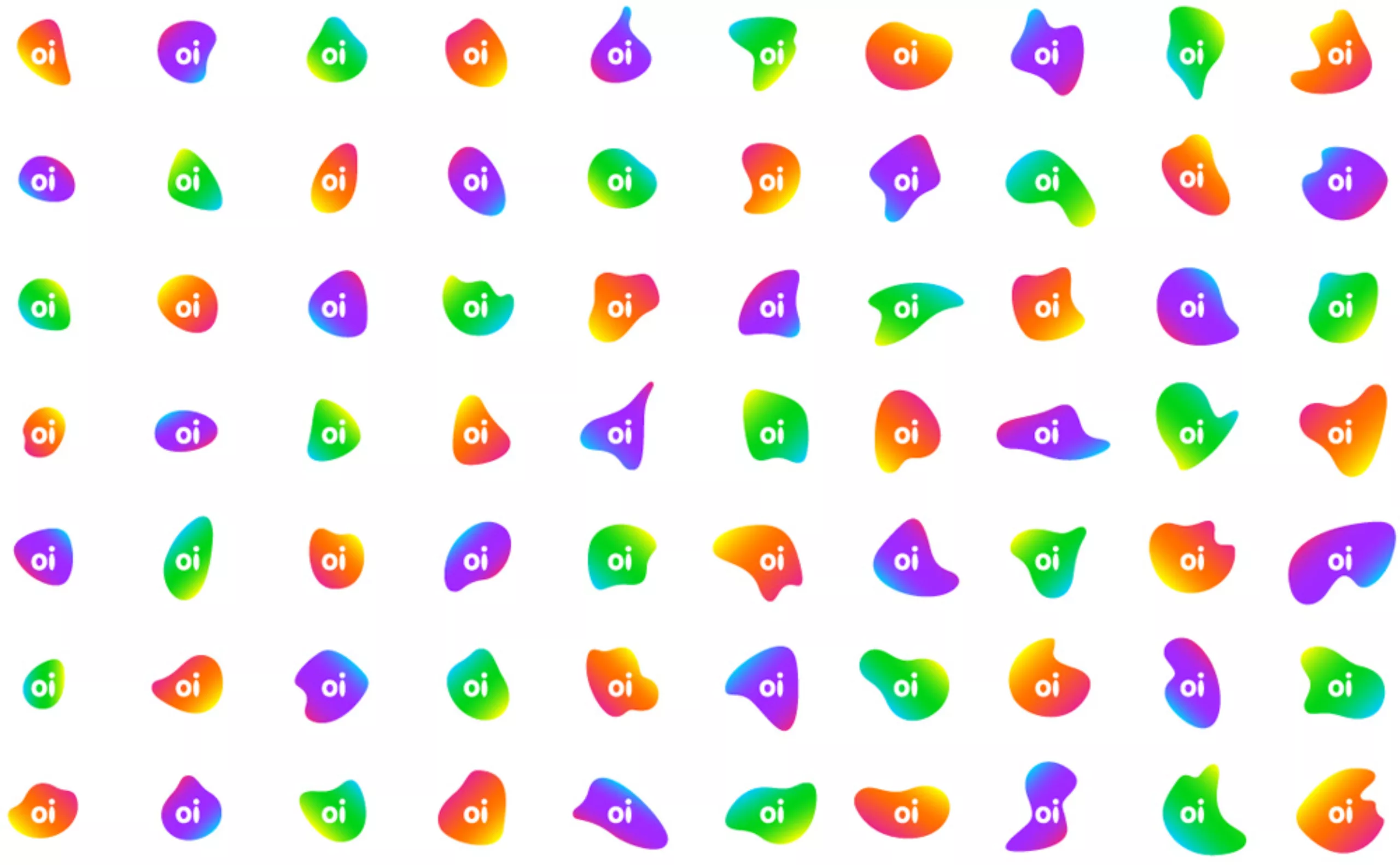
When a pop industrial design meets its soul sister logotype, this gives a cult, colorful, joyful and especially long lasting object! Unfortunately, with the rise of mobile phones and despite the Brazilians’ attachment to their cities’ ears, the orelhões have been declining for about ten years. The poor handling of the booths results in the daily disappearance of almost 50 booths per day on the territory.
Batucada and carnaval in my luggages
I’m so attached to this “Oi” big ear that I took one in my luggage before flying back to Paris. This will for sure remain for long the most magical and unlikely birthday gift! Don’t worry, I didn’t risk my life vandalizing a telephone booth, let’s just say that I have a wonderful family-in-law in Brazil…
As a designer this is trully one of the most beautiful symbols of Brazil: ambitious, innovative, joyful and popular. It’s as worthy as Milton Glaser’s “I LOVE NY”. And to me it’s even stronger because Glaser didn’t create the hot dog trailer that goes along with the famous NYC logo!
What am I going to do with this booth? Put it in a corner of the office, like a talisman against the Parisian moody weather? Or turn it into a « lounge chair nest » perfect for nap time? One thing is sure, it is a very good example of global branding filled with a soul and heart, and now also a ray of the Brazilian sun that will shine in Graphéine’s daily routine.
Texts: Jérémie Fesson
Photos “OI Orelhao” in the streets of Belo Horizonte:
Model & Stylist: Dani Gramiscelli – Photography & DA: Pedro Henrique Paulinelli
Other photos: Mariane Borgomani
Translation: Tiphaine Guillermou
